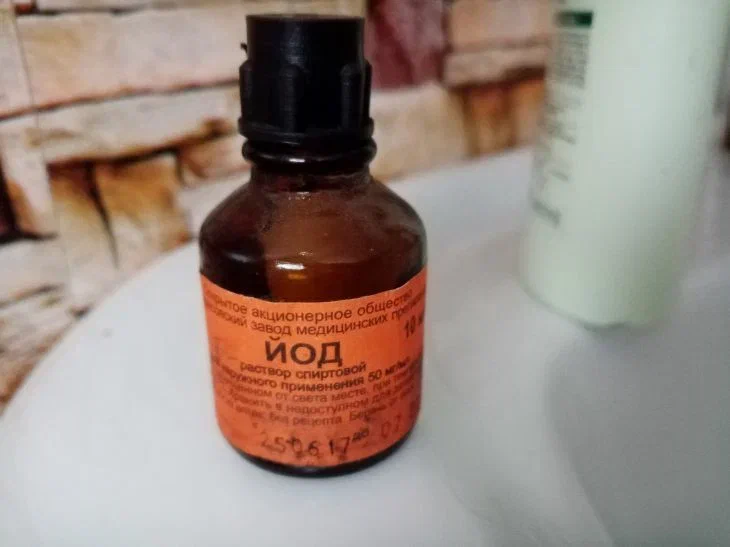How to Increase Strawberry Yield with Iodine: Application and Benefits
Many gardeners and farmers face problems when growing strawberries: low yields, plant diseases and poor quality of fruits.
In search of effective solutions, according to the expert of the online publication "BelNovosti", scientist-agronomist, landscape designer Anastasia Kovrizhnykh, they often turn to various methods and additives.
One such method is the use of iodine. Iodine, being an important microelement, can significantly improve the condition of plants and increase their productivity.
How to properly use iodine to increase strawberry yields, what benefits does it bring and what precautions should be taken?
Benefits of Iodine for Strawberries
Iodine plays a key role in plant metabolic processes. It promotes the synthesis of proteins and hormones, strengthens the immune system, and increases resistance to disease.

The use of iodine on strawberry plantations helps improve the quality of the fruit and accelerate its ripening.
Strawberries that receive sufficient iodine grow stronger and become more resistant to adverse environmental conditions and infections.
Ways to use iodine
There are several methods of using iodine for strawberries. One of the most effective methods is watering the plants with an iodine solution.
For this purpose, a special solution is prepared: one drop of iodine solution is added to one liter of water. It is recommended to carry out such watering no more than once every two weeks to avoid oversaturation of the soil with microelements.
It is also possible to use iodine as a spray. To do this, add five drops of iodine to ten liters of water and mix thoroughly.
Spraying is done in the morning or evening to avoid sunburn on the leaves of plants. Spraying with iodine solution helps protect strawberries from fungal diseases and pests.
Precautions when using iodine
Despite its many benefits, it is important to take precautions when using iodine.
Excessive use of iodine can lead to the accumulation of toxic substances in the soil and plants. This can negatively affect the yield and health of the plants. Therefore, it is strictly recommended to adhere to the recommended dosages and frequency of treatment.
When working with iodine, you should use protective equipment such as gloves and a mask to avoid contact of the solution with your skin and respiratory tract. It is also important to avoid iodine getting on exposed skin and in your eyes.
The effect of iodine on fruit quality
Regular use of iodine helps improve the taste of strawberries. The fruits become sweeter and more aromatic.
Iodine also increases the vitamin and mineral content of berries, making them healthier. By strengthening the plant's immune system, strawberries become less susceptible to disease, allowing for a higher quality, healthier harvest.
Practical experience of using iodine
Many gardeners note the positive effect of using iodine on their plots. An example is the experience of one farmer who began using iodine solution for watering and spraying strawberries.
As a result, he noticed a significant increase in yield and improved berry quality. In addition, the number of plant diseases decreased, which allowed him to reduce the use of chemical fungicides and insecticides.
Recommendations for the use of iodine
To achieve maximum effect from using iodine, you should follow these recommendations.
First, it is necessary to dose the iodine solution correctly. Excessive amounts of iodine can harm plants, so it is important to follow the recommended proportions.
Secondly, watering and spraying should be done in the morning or evening hours to avoid sunburn.
Thirdly, the frequency of treatment should not exceed once every two weeks.
It is also important to consider the condition of the soil and the plant. Before using iodine, it is recommended to conduct a soil analysis to determine its current composition and the needs of the plants.
This will help to avoid excessive accumulation of microelements and provide optimal conditions for strawberry growth.
Earlier we talked about how to feed raspberries at the beginning of summer.
